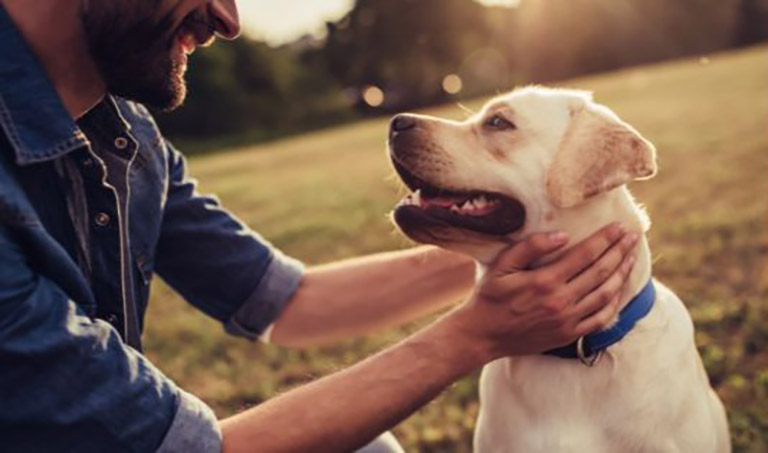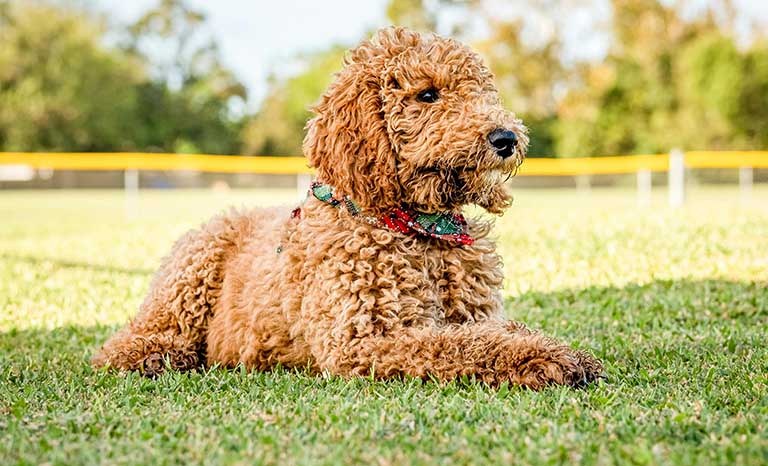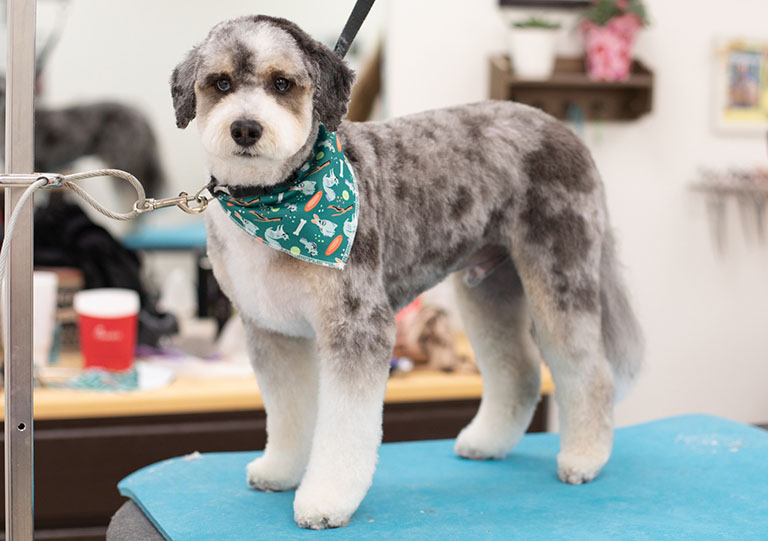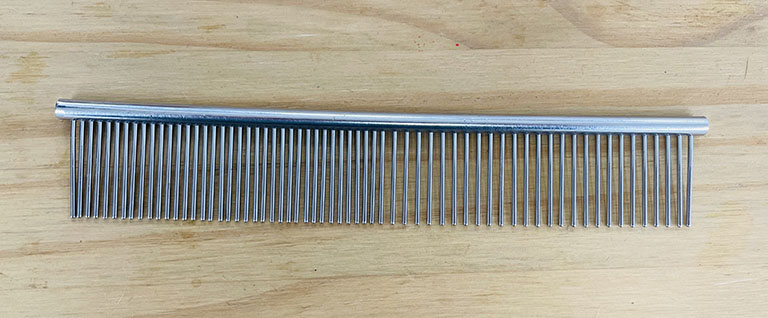Bringing your dog to dog-friendly places can be a wonderful way to bond and explore new environments together. Whether you’re dining at a pet-friendly cafe, enjoying the outdoors at a park or beach, or visiting a local store, ensuring your dog’s comfort and safety is paramount. This blog will provide you with essential tips and guidelines on understanding the rules and etiquette of dog-friendly establishments, preparing your dog for public outings and ensuring their well-being in various settings.
Understanding the Rules and Etiquette of Dog-Friendly Places
When it comes to understanding the rules and etiquette of dog-friendly places of business, it’s important to consider the specific guidelines that each establishment may have in place. If you’re unable to find information regarding their pet policies on their website or social media pages, it’s advisable to proactively reach out to the establishment. This can be done by giving them a call, reaching out via social media channels or even stopping by in person without your dog. By directly contacting the business, you can confirm whether they allow dogs and clarify any expectations they may have for patrons with pets. Here’s a breakdown of what these rules and etiquette might entail:
Leash Policy
Many establishments require dogs to be on a short leash at all times while on their premises. This ensures that dogs remain under control and prevents any potential accidents or disturbances to other patrons. Always keep your dog on a leash unless otherwise indicated by the establishment’s rules.
Outdoor vs. Indoor Areas
Some places may have designated outdoor seating areas where dogs are permitted, while others may allow dogs indoors as well. Before entering, take note of any signs or ask staff members about where dogs are allowed to ensure you’re in the right area with your pup.

Behavior Expectations
Your dog should be well behaved and obedient when visiting dog-friendly businesses. This means no excessive barking, jumping on people or disruptive behavior. If your dog tends to be excitable or anxious in new environments, consider working on training and socialization before bringing them to busy places.
Cleanliness and Hygiene
Always clean up after your dog. Carry waste bags with you and promptly dispose of any waste in designated bins. Additionally, ensure that your dog is clean and groomed before entering any establishment, as cleanliness is important for both the comfort of your pet and the hygiene standards of the business.

Respectful Interaction
Be mindful of other patrons and their comfort levels around dogs. Not everyone may be a dog lover, so always ask before allowing your dog to approach strangers. Respect any signs or cues indicating that someone may not want to interact with your dog, and keep your pet close by your side to avoid unwanted interactions.
Following Establishment Policies
Every dog-friendly business may have its own set of rules and guidelines for patrons with pets. These could include restrictions for certain areas, requirements for vaccination records or limitations on the size or breed of dogs allowed. Familiarize yourself with these policies and adhere to them to ensure a positive experience for everyone involved.
By understanding and following these rules and etiquette guidelines, you can enjoy exploring dog-friendly establishments with your furry friend while being considerate of others and maintaining a harmonious environment for all patrons.
Examples of Dog-Friendly Businesses
- Tractor Supply Co.
- Ace Hardware
- Harbor Freight Tools
- Home Depot
- Bass Pro Shop
- Hobby Lobby
- Orvis
- Half Price Books
- Victoria’s Secret
- Michaels
- Everlane
- JOANN Fabrics
- Lowes
- Pet salons and boutiques

Examples of Local Dog-Friendly Places
(Check ahead to ensure your local place is dog-friendly.)
- Beach
- Wooded park
- Dog park
- Pond
- Farmer’s market
- Trails
- Restaurants and cafes with outdoor seating

Preparing Your Dog for Public Spaces
Tips on How to Train Your Dog for Public Spaces
Preparing for an outing to a dog-friendly place requires careful planning and consideration to ensure a smooth experience for both you and your furry friend. Choose a relaxed time for your dog and start with a short walk to calm them down. Before leaving, ensure they’ve had a bathroom break. Keep visits short initially, gradually increasing duration. Select a quiet spot on a patio or in a store to minimize distractions. Focus on training behaviors like confidence-building or staying calm in public. Respect other dogs and owners by maintaining a short leash and communicating your dog’s needs politely. Have a strategy for handling unexpected situations and prioritize your dog’s well-being. By following these tips, you can make every outing enjoyable for both you and your canine companion.

Tips for Dining Out with Your Dog
Before leaving home, pack a few essentials for your dog, including water, a travel bowl and some treats to keep them hydrated and content throughout the meal. Additionally, consider bringing along a blanket or mat for your dog to sit on, providing them with a comfortable spot of their own while you dine.
When you arrive at the restaurant, ask the staff for a table in a quiet area away from foot traffic and other diners if possible. This will help minimize distractions for your dog and create a more relaxing environment for everyone. Keep your dog on a leash at all times and ensure they remain under your control throughout the meal.
Be mindful of your surroundings and respectful of other patrons. Avoid allowing your dog to beg for food or interact with other diners without their consent. If your dog becomes restless or starts to exhibit unwanted behavior, be prepared to take them for a short walk or offer them a distraction, such as a toy or chew treat.

Unleashing Fun at Dog-Friendly Parks and Beaches
Dog-friendly parks and beaches offer fantastic opportunities for outdoor adventures with your canine companion, but it’s essential to understand the regulations regarding leash use in these areas. Many parks and beaches designate specific areas for dogs to be off-leash, allowing them to roam and play freely under the watchful eye of their owners. These off-leash areas provide ample space for dogs to socialize, exercise and explore, fostering a sense of freedom and enjoyment for both pets and their owners. However, it’s crucial to respect leash regulations in areas where they are required, such as trails, picnic areas or sections of a beach. Keeping your dog on a leash in these designated areas helps ensure their safety and prevents potential conflicts with other park-goers or wildlife.

Safety Tips for the Park and Beach
When enjoying a day at a dog-friendly park or beach, prioritizing safety is paramount to ensure a fun and worry-free experience for both you and your furry friend. Keep a keen eye out for potential hazards such as broken glass, sharp rocks or toxic plants that could pose a danger to your dog. Additionally, be mindful of any wildlife or other animals in the area, and always keep your dog under control to prevent unexpected encounters. Regularly check the temperature of the ground to prevent paw burns, especially on hot days, and provide access to plenty of fresh water to keep your dog hydrated.
Monitor your dog’s behavior closely, watching for signs of discomfort or overheating such as excessive panting, restlessness or seeking shade excessively. Be prepared to take the necessary breaks that your dog may need. Additionally, pay attention to your dog’s interactions with other dogs and people. If you sense any tension or discomfort, be prepared to remove yourself and your dog from the situation to avoid any potential conflicts.

Never Leave Your Dog in a Hot Car
As the temperatures rise, it’s crucial for pet owners to remember never to leave their dogs in a hot car, even for a short period. If you arrive at a store, cafe or park that does not allow dogs, it’s best to make the responsible decision to turn around and bring your dog back home. The interior of a car can quickly reach dangerous temperatures, even on mild days, posing a severe risk of heatstroke and dehydration for pets. Even with the windows cracked open, the heat inside a car can become unbearable for dogs within minutes. It’s essential to plan ahead and make alternative arrangements for your pet if you need to run errands or travel during warm weather. Remember, if it’s too hot for you, it’s too hot for your furry friend.
Bonding with Your Dog
Exploring dog-friendly places with your canine companion can be incredibly rewarding, offering opportunities for socialization, exercise and quality time together. By understanding and adhering to the rules and etiquette of dog-friendly establishments, preparing your dog properly for public outings and prioritizing their safety and comfort, you can ensure a harmonious and enjoyable experience for everyone involved. Remember, responsible pet ownership is key to fostering a welcoming environment for dogs in public spaces. With these tips in mind, you and your dog can embark on countless adventures, creating lasting memories and strengthening your bond.



















































